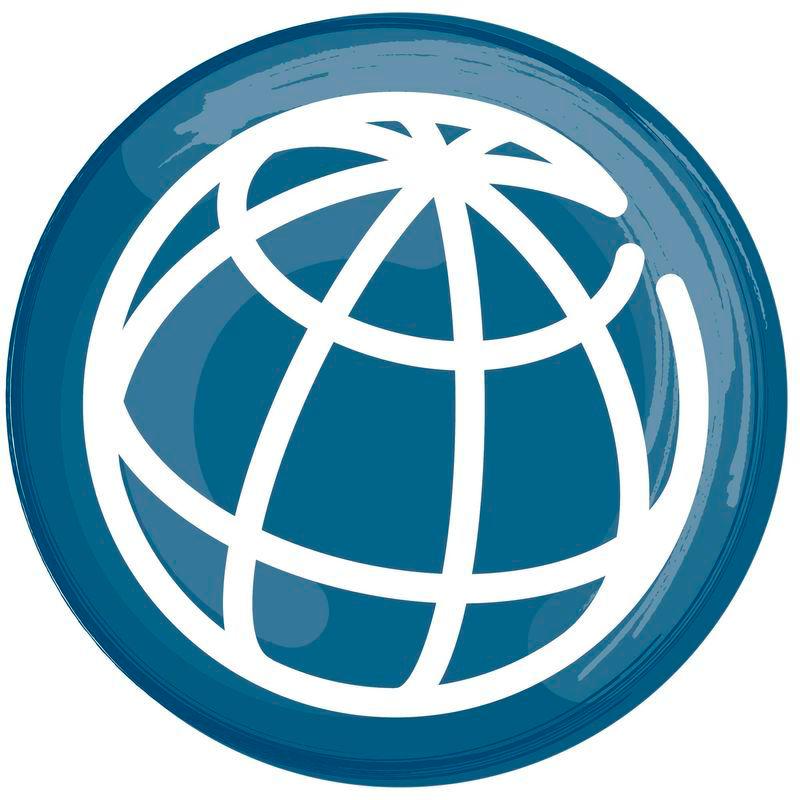WASHINGTON: The World Bank said Thursday it is worried that some countries are less and less transparent about their public debt and use complex borrowing tools, making it harder to measure how much they owe.
To remedy this the bank called for a fundamental change in the way debtor and creditor countries report and disclose debt.
The worries concern in particular low-income countries that make increasing use of borrowing arrangements the bank considers opaque.
These include private placements -- a kind of funding round done not publicly but privately, central bank swaps, and collateralized transactions, the bank said in a report on debt transparency.
The proportion of low-income countries publishing some debt data has grown from below 60 percent to more than 75 percent since 2020. But only 25 percent disclose loan-level information on new debt, the report states.
And countries are now turning to local investors as they take on debt but not publishing numbers on these loans.
“Recent cases of unreported debt have highlighted the vicious cycle that a lack of transparency can set off,“ said the World Bank’s Senior Managing Director, Axel van Trotsenburg.
In Senegal, for instance, an independent administrative court that serves as an auditor said in February the government debt in that African nation had risen to 99.67 percent of GDP -- a rate one-quarter higher than what had been announced by the previous government.
An IMF team that visited Senegal in March said officials had made false statements regarding budget deficits and public debt for the period 2019-2023.
Other countries negotiated secretly to restructure their debt with some of their creditors, the World Bank said.
“Debt transparency is not just a technical issue -- it’s a strategic public policy that builds trust, reduces borrowing costs, and attracts investment,“ said Pablo Saavedra, a World Bank vice president.
The bank called on countries to carry out reforms to improve their transparency practices.
“These include legal and regulatory reforms mandating transparency in loan contracts and disclosure of lending terms, full participation by creditor countries in comprehensive debt reconciliation processes, more regular audits and national better oversight, and the public release of debt restructuring terms once agreements are finalized,“ the bank’s statement said.









